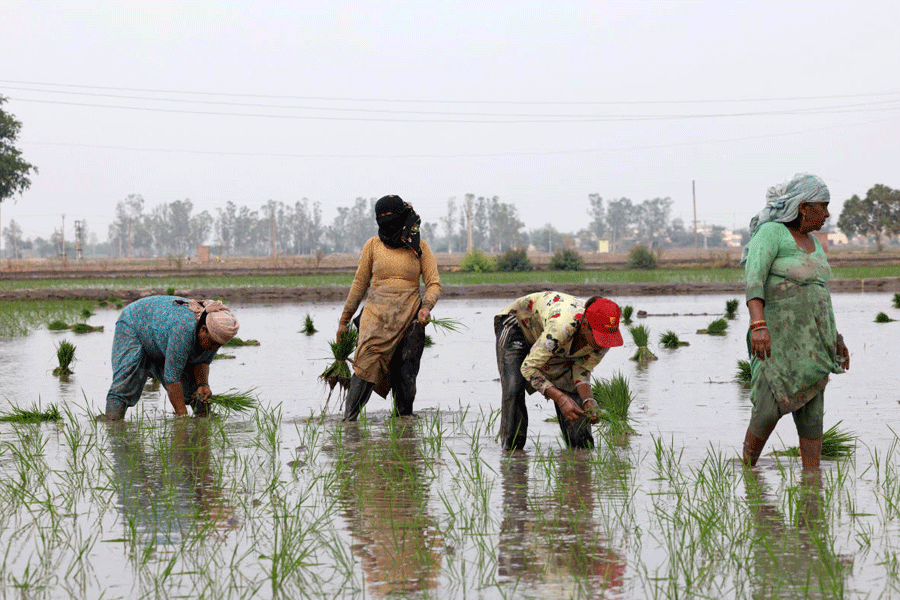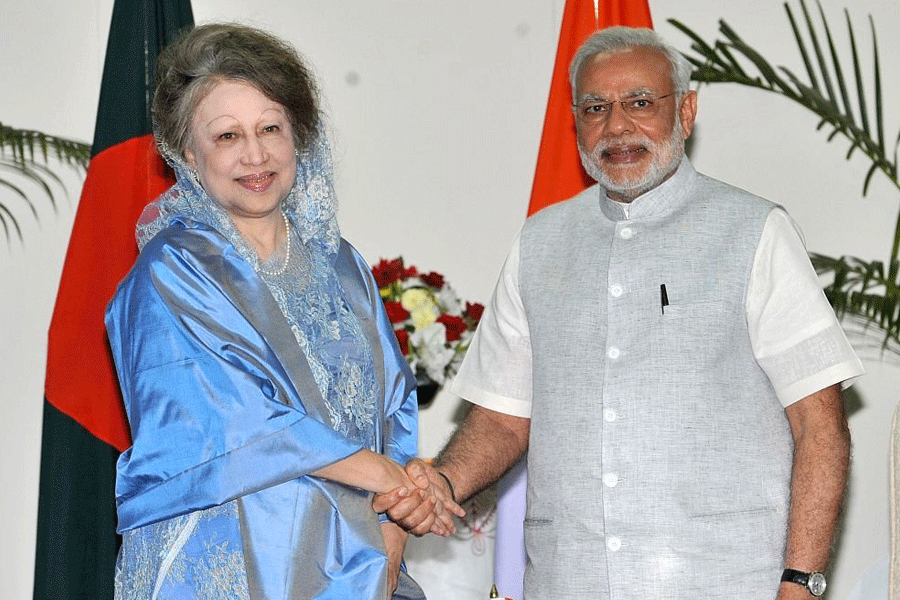 |
“The subjects treated are partly scientific, literary, artistical (sic), scriptural, historical, natural and fictitious… to afford the vernacular reader instructional and light reading... In various parts of the volume is strikingly evidenced the potent influence generally exercised by the priest-craft over the conduct, public and private, of the society.”
When in 1863 author-historian Moroba Kanhoba tossed together history and fiction to write Ghashiram Kotwal he saw it as something of a simple morality play. It was a censorious look at what he perceived as the debauched Brahminical Pune of the 18th century, ruled by the Peshwas.
Sometime back as Mumbai gave a rousing ovation to Rangakarmee’s 10 years of staging Vijay Tendulkar’s Ghashiram Kotwal, inspired by Kanhoba’s work, it became clear that the story could fit into any era. Give it a different set of costumes, language and folk tunes, it could be the chronicle of any corrupt political regime.
“It is one of the greatest plays in the history of Indian playwriting because all its premises and predictions came true. Look at the puppet regimes that the powerful have propped up across the world — Noriega, Osama bin Laden, Saddam Hussein — and then pulled down when it suited their convenience,” points out musician Bhaskar Chandavarkar who composed the amazingly energetic music for the play.
Its global theme is one reason why this dazzling and perennially popular play draws full houses wherever it goes 32 turbulent years after it was put together by a bunch of vivacious theatre enthusiasts in Pune. It is down in Indian theatre legend as the only play that sold in black, as audiences queued for miles for tickets.
And it is not without reason that every 9:30 pm show at the Balgandharva auditorium is packed with the city’s theatre-goers who love to laugh at the foibles of their forefathers and gasp at their cruelties.
“The play hacks at the very roots of this city, its large Brahmin community and its conservative ways. It uses very raw language. But the city flocks to watch it because it portrays the machinations of power play so accurately,” points out Madhav Abhyankar who plays the corrupt and lecherous Nana Phadnavis in the play.
The play opens in late 18th-century Pune. An ageing, but extremely ruthless debauchee, Nana Phadnavis, is running the Peshwa empire on behalf of the minor Sawai Madhorao. The Brahmins who have the run of the city are a licentious lot, their days are equally divided between bhajans and lascivious tamashas, temples and gambling dens, pious wives and dancing girls.
Into this city, fabled for its prosperity and its powerful Brahmins, comes a poor Brahmin from Kannauj, Ghashiram Kotwal. Here is where Kanhoba, and then Tendulkar, spin fiction off fact. Ghashiram is trying to make a living in the city when he is victimised by its xenophobic Brahmins. He is insulted and thrown out of Pune on false charges. Ghashiram vows revenge and returns with his daughter. He sets her on Nana, who is so besotted with her that he appoints Nana his kotwal, or city magistrate.
Ghashiram lets loose a regime of terrifyingly rigorous moral policing over Pune. He cracks down on the brothels, raids homes to catch out adulterers, stops all the money-spinning rackets and punishes the smallest crime of corruption with torture and death. Some poor Telengana Brahmins he jails on flimsy charges die a painful death in prison. The Brahmins of Pune rise up against the kotwal. By now Nana has no use for Ghashiram and he has had his fill of the kotwal’s daughter. The two are put to a painful death. The regime survives — and Pune returns to its colourful, venal ways.
When the play first opened in Pune back in 1972, it had created a huge storm that threatened the very life of the play. Shiv Sainik Manohar Joshi had led the protests against the play for its anti-Brahmin stance, its near blasphemous sketch of the revered Nana Phadnavis, its portrayal of a pious city as a latter-day Babylon. The protests turned violent, the sets were attacked, Tendulkar was assaulted in Mumbai and the play wrapped up.
But the young team that put the play together, ironically many of them Brahmins themselves, decided to battle the elements. When the original group, the Progressive Dramatics Association (PDA), buckled under Sainik pressure, director Jabbar Patel and a group walked out of it, to form another repertory, the Theatre Academy.
When the protests died down a year later, the play, now directed by Patel, opened to full houses. Mohan Agashe played Nana, a role that won him great acclaim. Chandavarkar set the music and ace choreographer Krishnadev Mulgund created some exquisitely timed dance for the play.
When the Brahmin lobby protested, the Marathas and other communities supported it. The first show after the ban was backed by an association of tailors, the Namdeo Shimpi Samaj, as a sign of defiance. By this time the protests died down and the musical became something of a cult in Pune. It went on to do over 800 shows from Yugoslavia to Calcutta drawing large audiences wherever it went.
The play, of course, is not without its detractors. City historian Ninaad Bedekar points out that it sensationalises history with little or no respect for facts.
“It is true that Ghashiram Kotwal was a city magistrate under Nana. It is also true that he held some Telengana Brahmins in prison and they later died. History also bears out that the city’s Brahmins complained to the Peshwa and Ghashiram was stoned to death. But there is not a shred of evidence that Ghashiram used his daughter to lure Nana, or that Nana was himself such a debauch,” Bedekar stresses.
Academic criticism does not, however, dull the ardour of Kotwal fans. It is too much of a punch-packed, brilliant spectacle to be disregarded for historical inaccuracies.
Rangakarmee’s own production was substantially reworked by Chandavarkar with special emphasis on voice. Today the play’s two lead singers — Rahul Joshi and Pradeep Phatak — are seen as far surpassing their predecessors. Abhyankar is now set to retire as Nana and the search is on for another Nana. But there is too much interest in Ghashiram Kotwal for the play to be out of theatres for a long stretch. Pune can never have enough of the Kannauji tyrant.











